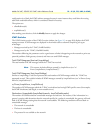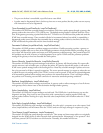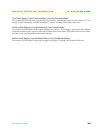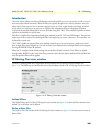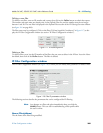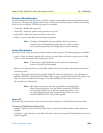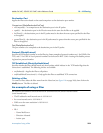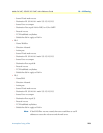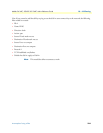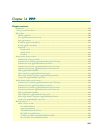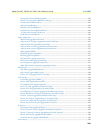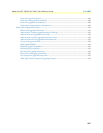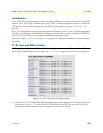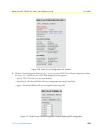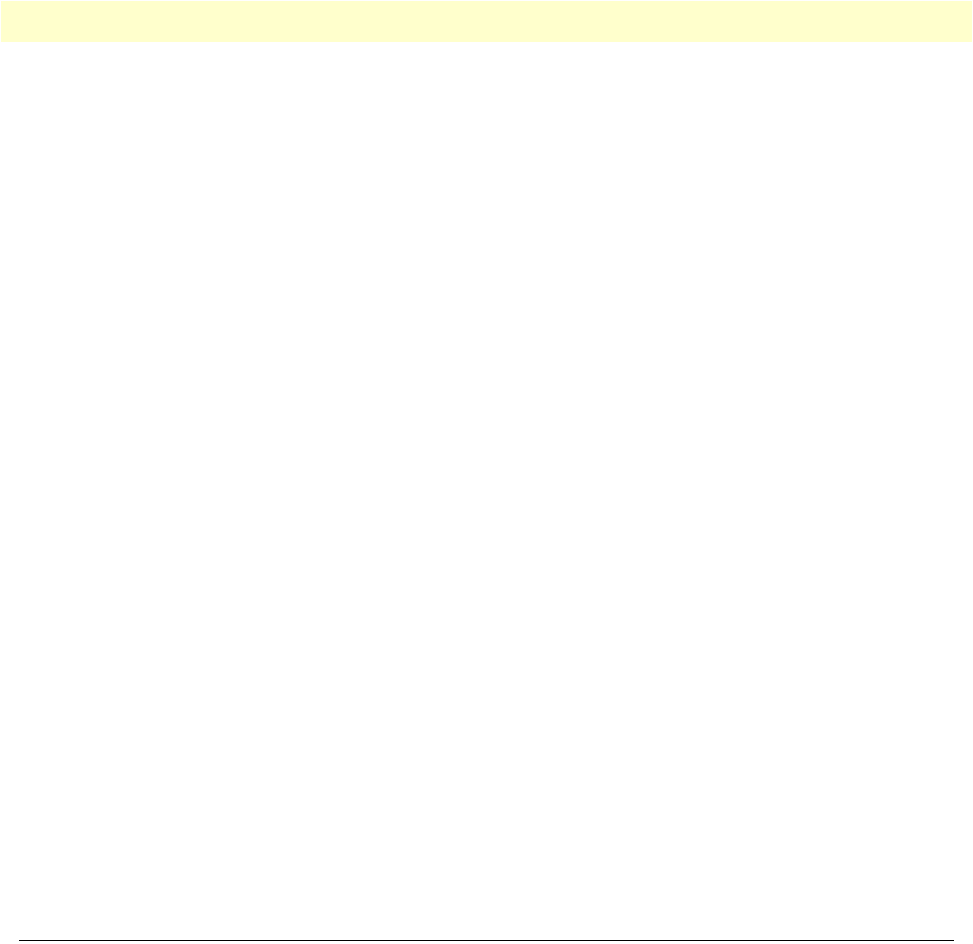
An example of using a filter 212
Models 2616RC, 3096RC & 3196RC Admin Reference Guide 13 • IP Filtering
Destination Port
Applies the filter action based on the stated comparison to the destination port number
Comparison (filterIpDestinationPortCmp)
• noCompare(0) – no comparison to the destination port in the IP packet
• equal(1) – the destination port in the IP action must be the same for the filter to be applied
• lessThan(2) – the destination port in the IP packet must be less than the source port specified for the filter
to be applied
• greaterThan(3) – the destination port in the IP packet must be greater than the source port specified for the
filter to be applied
Port (filterIpDestinationPort)
The port number to be compared to the destination port in the IP packet
Protocol (filterIpProtocol)
Specifies the IP Protocol number to use for filtering. Some examples of protocol numbers are 1 for ICMP; 6 for
TCP; and 17 for UDP. A list of protocol numbers can be found in RFC 1340. A setting of 0 disables process-
ing based on protocol number.
TCP Established (filterIpTcpEstablished)
Specifies whether the filter should match only those packets which indicate in the TCP header flags that the
connection is established. The following choices are available:
• anyPackets(0)—Applies the filter to all packets
• onlyEstablishedConnections(1)—Only applies the filter to established TCP connections
Deleting a filter
To remove a filter, delete the filter name from the Name box (see figure 118 on page 209), then click on the
Modify button. The filter is deleted.
An example of using a filter
All customers are limited to the local mail server (mail.internal.com) and an internal website
(www.internal.com).
• The IP address for mail.internal.com is: 192.10.10.1
• for: www.internal.com is: 192.10.10.2
• DNS server for name resolution is 192.10.10.1.
The filters needed:
• ID:1
– Name: Mail Server
– Direction: inbound
– Action: pass



